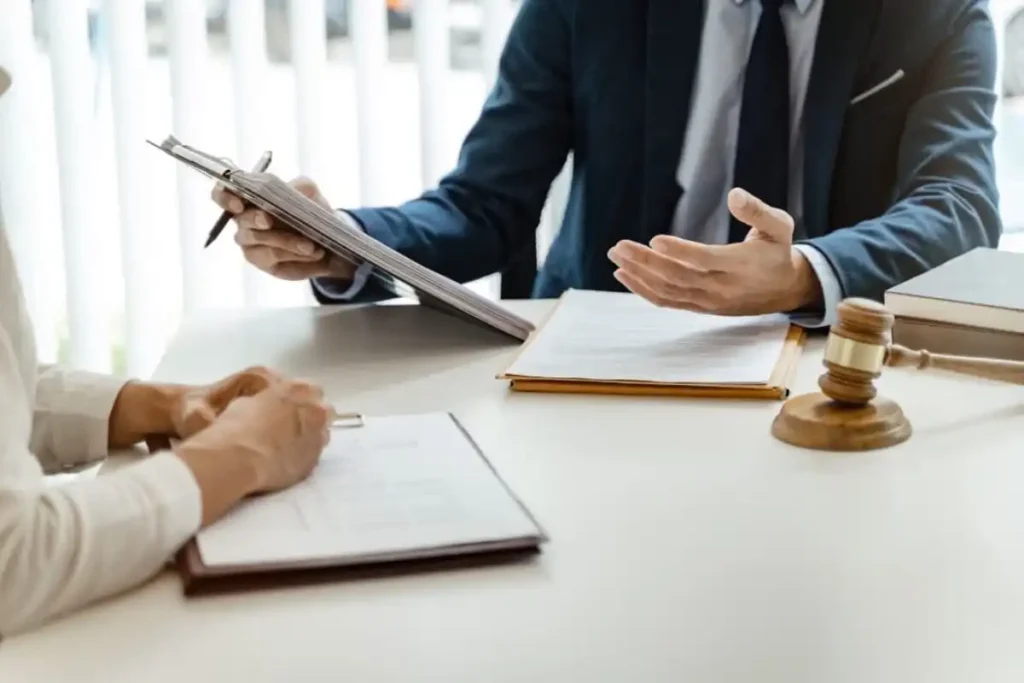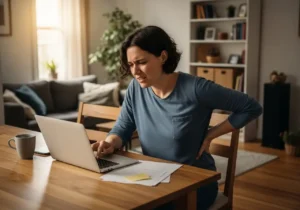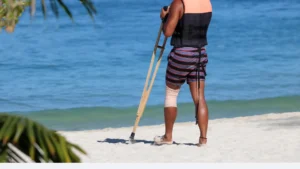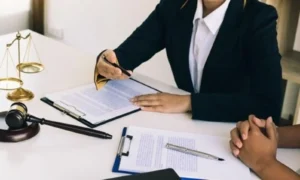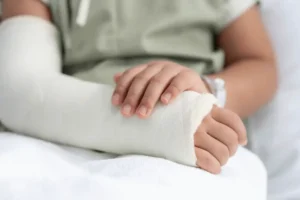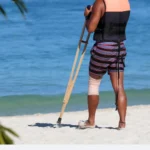Suffering an injury due to someone else’s negligence can be a painful and life-changing experience. Whether the injury occurred in a car accident, at work, or as a result of a slip and fall, you may be entitled to compensation for your medical bills, lost wages, pain and suffering, and other damages. Filing a personal injury lawsuit can be a complex and daunting process, but understanding the steps involved can help you navigate the legal system with confidence.
In this blog, we will explain the key steps in filing a personal injury lawsuit, from gathering evidence to negotiating a settlement or taking your case to trial. If you’ve been injured and are considering filing a lawsuit, these steps will provide you with the essential information you need.
1. Seek Medical Attention
Before you even think about filing a personal injury lawsuit, the first step is to get proper medical attention for your injuries. Your health and well-being should always be your top priority. Even if you feel fine after an accident, some injuries may not be immediately apparent and can worsen over time. Seeking medical care right away also creates an official record of your injuries, which is essential for your case.
-
Why It’s Important: A medical record linking your injuries directly to the accident provides the evidence necessary to support your claim. Additionally, without medical treatment, your insurance company or the defendant’s legal team may argue that your injuries are less severe or were not caused by the accident.
2. Document the Accident and Gather Evidence
Once you have received medical treatment, it’s time to gather as much evidence as possible to support your case. This will help you establish the facts surrounding the accident, proving that the other party was at fault and that you sustained legitimate injuries.
-
What Evidence to Collect:
-
Accident Reports: If the accident involved law enforcement (such as in car accidents), request a copy of the police report, which contains essential details about the incident.
-
Photographs: Take photos of the accident scene, your injuries, property damage, and any relevant hazards (e.g., wet floors, defective equipment).
-
Witness Statements: If there were any witnesses to the accident, ask for their contact information and a statement about what they saw. Witness testimony can help corroborate your version of events.
-
Medical Records: Keep all documents related to your medical treatment, including hospital records, prescriptions, therapy notes, and receipts for medical expenses.
-
Insurance Information: Exchange insurance details with the at-fault party and their insurer. Be sure to contact your own insurance company as well.
-
3. Consult with a Personal Injury Lawyer
Filing a personal injury lawsuit is a legal process that involves navigating complex laws, procedures, and negotiations. It’s highly advisable to consult with an experienced personal injury lawyer who can guide you through the entire process. A lawyer can help you understand your legal rights, assess the strength of your case, and determine the best course of action.
-
Why Hire a Lawyer?: Personal injury lawyers have experience in handling cases similar to yours and know how to gather evidence, interact with insurance companies, and present your case in the best possible light. They can also help you determine the value of your claim, which can be challenging for someone without legal experience.
-
Free Consultations: Many personal injury lawyers offer free consultations, allowing you to discuss your case and determine whether you have a valid claim. During this meeting, you can ask questions, clarify the legal process, and assess whether the lawyer is a good fit for your case.
4. Determine Liability and Establish Fault
To file a successful personal injury lawsuit, you must prove that the other party is legally responsible (liable) for your injuries. This involves establishing that their negligence or wrongful actions caused the accident and your resulting injuries.
-
What is Negligence?: Negligence refers to the failure to act with reasonable care or take appropriate precautions to avoid causing harm to others. For example, if a driver is speeding or texting while driving, their negligence could result in an accident and make them liable for your injuries.
-
Gathering Evidence: As mentioned earlier, evidence such as accident reports, witness statements, photographs, and medical records will help prove that the defendant’s actions directly caused your injuries. If your case involves a slip and fall at a business, for example, you would need to show that the business owner was aware of the hazardous condition (e.g., a wet floor) and failed to correct it.
5. File the Lawsuit
If you and your lawyer decide to move forward with the case, the next step is to file a personal injury lawsuit in court. This involves drafting a legal document called a “complaint” or “petition,” which outlines the details of the accident, the injuries you sustained, and the compensation you are seeking.
-
Filing the Complaint: Your lawyer will file the complaint with the appropriate court. This document will include:
-
A description of the accident and injuries
-
The legal basis for the claim (negligence, liability, etc.)
-
The damages you are seeking (e.g., medical expenses, lost wages, pain and suffering)
-
-
Serving the Defendant: After the lawsuit is filed, the defendant (the person or company you are suing) will be formally notified, or “served,” with a copy of the complaint. The defendant then has a specified amount of time to respond to the lawsuit.
6. Discovery and Pre-Trial Negotiations
Once the lawsuit is filed, both parties will enter the “discovery” phase. This is when each side gathers evidence, questions witnesses, and prepares for trial.
-
What Happens During Discovery:
-
Depositions: Both parties may conduct depositions, where they ask each other questions under oath to gather information about the accident.
-
Document Requests: Both sides exchange documents, such as medical records, witness statements, and accident reports, to support their case.
-
-
Pre-Trial Settlement Negotiations: Before going to trial, both sides may attempt to negotiate a settlement. Your lawyer will work to get you a fair settlement that covers your medical bills, lost wages, and other damages. If a settlement is reached, the case is resolved without going to trial. However, if a fair settlement cannot be agreed upon, the case will proceed to trial.
7. Going to Trial
If a settlement is not reached, your case will go to trial. During the trial, both sides will present their evidence, question witnesses, and make legal arguments. A judge or jury will then determine the outcome of the case, including whether the defendant is liable and how much compensation you are entitled to.
-
What Happens in Court?: In court, both sides will present opening statements, introduce evidence, call witnesses, and make closing arguments. After all the evidence is presented, the judge or jury will deliberate and return with a verdict.
-
Verdict and Damages: If you win the case, the judge or jury will award you damages based on the evidence presented. This could include compensation for medical expenses, lost wages, pain and suffering, and other related damages.
8. Collecting Your Settlement or Award
If you win your personal injury lawsuit, the final step is to collect your settlement or court award. Your lawyer will help ensure that the payment is received and that all liens (e.g., medical bills or outstanding debts) are properly settled before the final amount is disbursed to you.
Conclusion
Filing a personal injury lawsuit can be a lengthy and complex process, but with the right knowledge and legal representation, you can navigate it successfully. From gathering evidence and filing a complaint to negotiating a settlement or going to trial, understanding each step is crucial in ensuring that you receive the compensation you deserve.
If you’ve been injured due to someone else’s negligence, it’s important to seek legal advice as soon as possible. An experienced personal injury lawyer can help you understand your options, protect your rights, and guide you through the entire process. Reach out today to schedule a consultation and take the first step toward getting the compensation you need for your injuries.

